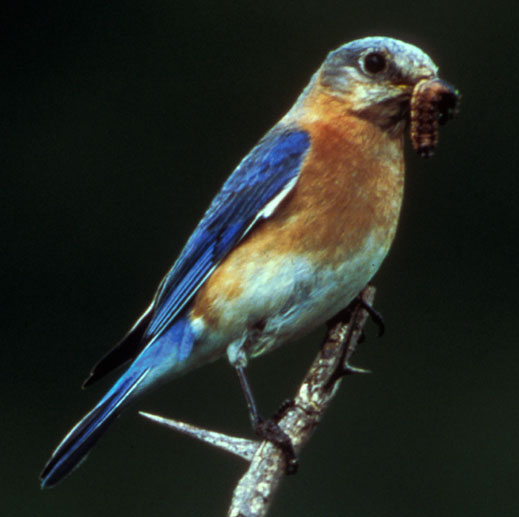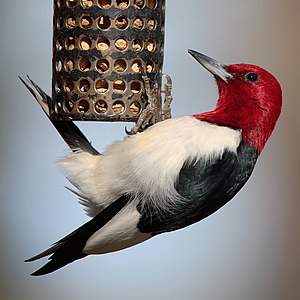
Make The Most Of Your Garden Bird Bath
By Janet Ashby
Garden bird baths and garden bird feeders are excellent ways to attract wild birds to your garden. Place a bird bath in a quiet part of the garden well away from any bird feeders as birds like a quiet place to bathe and drink.
To keep your birdbath at the correct temperature for your bird visitors to drink or bathe the whole year round you could either buy a bird bath with a heater installed or attach a heater to an unheated birdbath. Birdbaths equipped with heaters either use a cord plugged into an electric outlet or have solar panels to collect the sun's energy to power the heater. Solar power bird baths are easier to install, are cost free and need very little maintenance. They can collect enough of the sun's energy to keep your bird bath ice free even on very cold days. In addition to heaters you can also purchase de-icers to keep the water accessible to the birds.
A heated bird bath will usually be longer lasting than an unheated one as constant freezing and melting of the water results in cracks and damage to the concrete, stone or marble materials unless you keep the bird bath empty throughout the colder weather. maintaining the water at a constant temperature will ensure that the bird bath is undamaged and will give your bird visitors warm water to bathe in and to drink all the year round.
To attract the birds and also to agitate the water to prevent mosquitoes laying their eggs you could consider adding a bird bath dripper. This can be as simple as a pipe that drips water into the bowl, making the pleasant sound of running water which will attract the birds. More
elaborate drippers can be purchased that are shaped like dragonflies, climbing ivy, butterflies and more, usually made from copper to look more attractive. Birds will love to bathe in the dripper as it simulates the feeling of raindrops on their feathers. For smaller birds such as hummingbirds or warblers you could use a mister in your garden or on your bird bath. Misters do use up more water than drippers however.
In addition to attracting the birds a dripper will keep the water agitated and prevent mosquitoes from settling on the water surface to lay their eggs. There are also other ways to prevent mosquitoes from breeding including using a water wiggler or mosquito dunks. Water wigglers run on batteries and produce vibrations which cause ripples on the water surface. They are easy to use and, being battery operated do not need any elaborate installation. Just add the batteries and attach to the bird bath. They are quiet so they do not disturb the peace in the garden or frighten away the birds.
Mosquito dunks are a natural method to stop the mosquitoes breeding. They can be placed in bird baths and also ponds, barrels, gutters etc, in fact anywhere were standing water accumulates. Place one dunk for one hundred square feet of water surface once a month. As you only need a small amount for a bird bath break off a piece and save the unused pieces for later. Dunks are environmentally friendly and are a good alternative to chemical treatments. They work differently to the drippers and water wigglers as they do not prevent eggs being laid but kill the larva before they can mature.















![Reblog this post [with Zemanta]](http://img.zemanta.com/reblog_e.png?x-id=70c78659-0f9f-41c2-9e5e-099393ed9ada)

![Reblog this post [with Zemanta]](http://img.zemanta.com/reblog_e.png?x-id=5cfaff3d-eb1a-4214-8e48-f5eee7023427)

![Reblog this post [with Zemanta]](http://img.zemanta.com/reblog_e.png?x-id=b4a908c5-b72a-403c-b610-101fe2939efd)

![Reblog this post [with Zemanta]](http://img.zemanta.com/reblog_e.png?x-id=9e5e021b-2a4c-423e-90eb-bf191349d21c)

![Reblog this post [with Zemanta]](http://img.zemanta.com/reblog_e.png?x-id=ddc67a04-5a4c-4d27-886a-77b05ab73427)

![Reblog this post [with Zemanta]](http://img.zemanta.com/reblog_e.png?x-id=8eea3cb7-9ddf-4983-a295-6705a2a4b664)